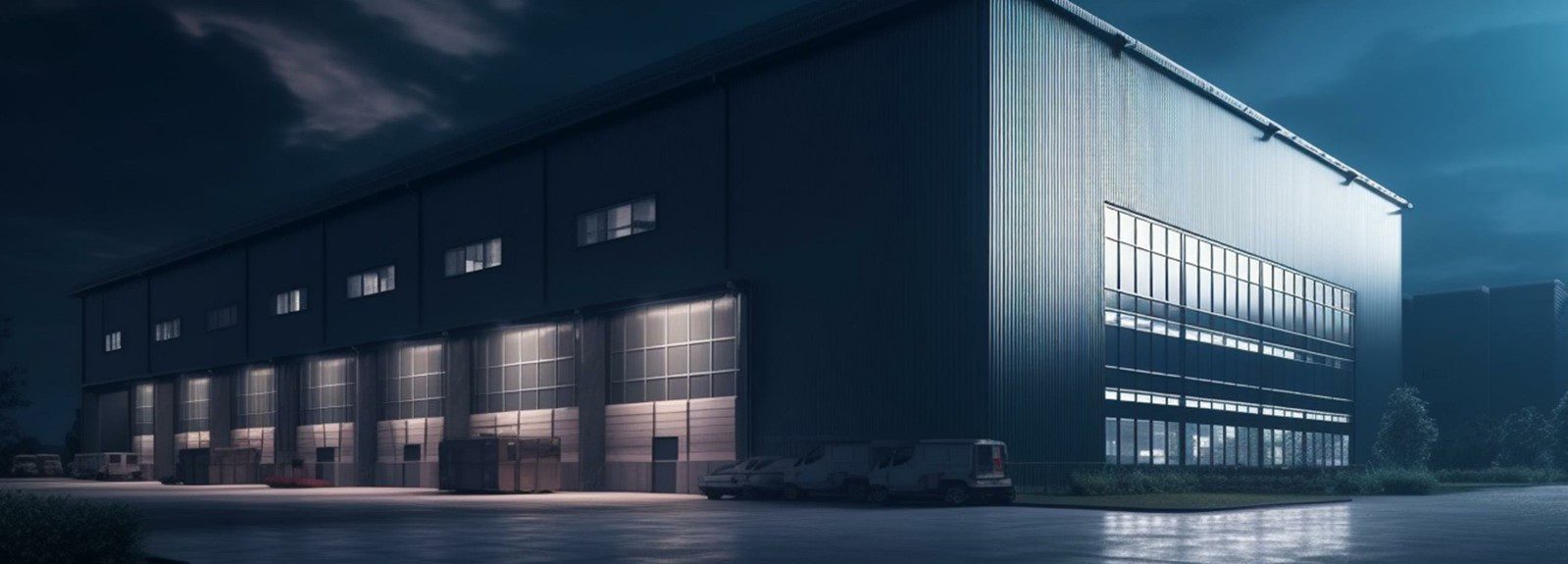
Technology continues to develop and interact with our lives in new ways, and access control is no different. Biometric access control may seem strange, but it’s growing in popularity around the world and is a fast-growing part of the access control industry. Here is our quick guide about how biometric access control works, types of biometric access control and how it can be used within industries.
So, how does biometric access control work?
A biometric access control system is a technology that uses an individual’s unique features to identify them and grant access to restricted resources. This feature could be physical, behavioural or chemical including their face, fingerprint, voice or even DNA. As long as their feature is unique, it could technically be used.
The main purpose of the technology is to determine or verify an individual’s identity to allow only authorised people to do something and prevent unauthorised individuals from accessing restricted resources. The technology can be implemented in a number of ways to restrict access including to areas of a building, computer networks or financial transactions.
It’s important to note as well that biometric access techniques differ from other forms of access control as it only provides access to who someone is, not what they know (e.g. an entry code) or what they have in their possession (e.g. a swipe pass).
What are the benefits of biometric access control?
There are many benefits of biometric access control such as:
- It is incredibly difficult for someone to replicate and trick a biometric reader into believing they are someone else
- The technology, once set up, is easy to update with new users and often very easy for individuals to learn to use to gain access
- Biometric access control overcomes the barrier of individuals forgetting their access control password or devices such as a key fob or passcode – they only need themselves
- When an individual’s identity is being confirmed through biometric data, it is quicker than someone having to input a password or go through a manual ID check
What are the drawbacks of biometric access control
There are a few drawbacks to biometric access control including:
- The initial investment can be higher than other types of security
- False rejections and acceptance can occur preventing individuals from accessing what is needed
- There are some privacy concerns over biometric access control including the use of facial recognition
Types of biometric access control
Many different options can be used as a biometric pass to gain access to restricted areas. Here are just a few that are currently available but this list is likely to grow in the future.
- Fingerprint recognition. The fingerprints’ unique features (ridge endings and bifurcations) are captured and enhanced and placed in a template for access.
- 2D face recognition. A single image is taken of someone’s face and converted into code which is then retrieved and used when they try and gain access.
- 3D face recognition. A three-dimensional map is produced of a face by either merging multiple photos or using an infrared grid.
- Iris recognition. Due to an iris’ unique features, an individual can be identified through their iris. A scan is taken and made into a template to gain future access.
- Hand geometry. A 3D scan and measurements are taken for a person’s hand which is then used to create a three-dimensional image.
- DNA. Once a sample has been taken and stored, it is then matched to an individual for them to gain access.
- Voice recognition. By inputting an individual’s voice, an input is created and software can identify a person by their voice input.
Would biometric access control work in my industry?
Biometric access control can be used across a large number of industries. Any company that needs to restrict an employee or public access can implement a biometric access control system and tailor it to their needs.
Healthcare industry
Within healthcare, there is a large amount of private and confidential information, as well as employee-only areas. Biometric control would allow for staff to access data or walk into a restricted area without using passcodes or a keycard, such as for data servers or operating theatres.
Emergency services
The emergency services are made up of several services including the police and fire department, both of which could benefit from access control. For the police, biometric control could be used to ensure only select individuals could access detention centres and employee-only areas of a police station. For the fire department, biometric access could be used to restrict access to dangerous equipment.
General business environments
Whether in a commercial office or warehouse setting, biometric access control could be used in many ways. Biometrics could be used to protect office buildings or could be used to allow employees to clock in and out, giving accurate work times. It can also prevent unwanted visitors from wandering into a warehouse.
How we fit in
Biometric access control can work in many different ways for a variety of businesses. As the technology continues to develop, biometric control is likely to develop and become more intuitive and word in new ways.
If you’re looking to upgrade your existing access control system or introduce biometrics into a new system, get in touch. Our experienced team are here to answer any questions you may have.

Lynden Jones
CEO, TouchStar



